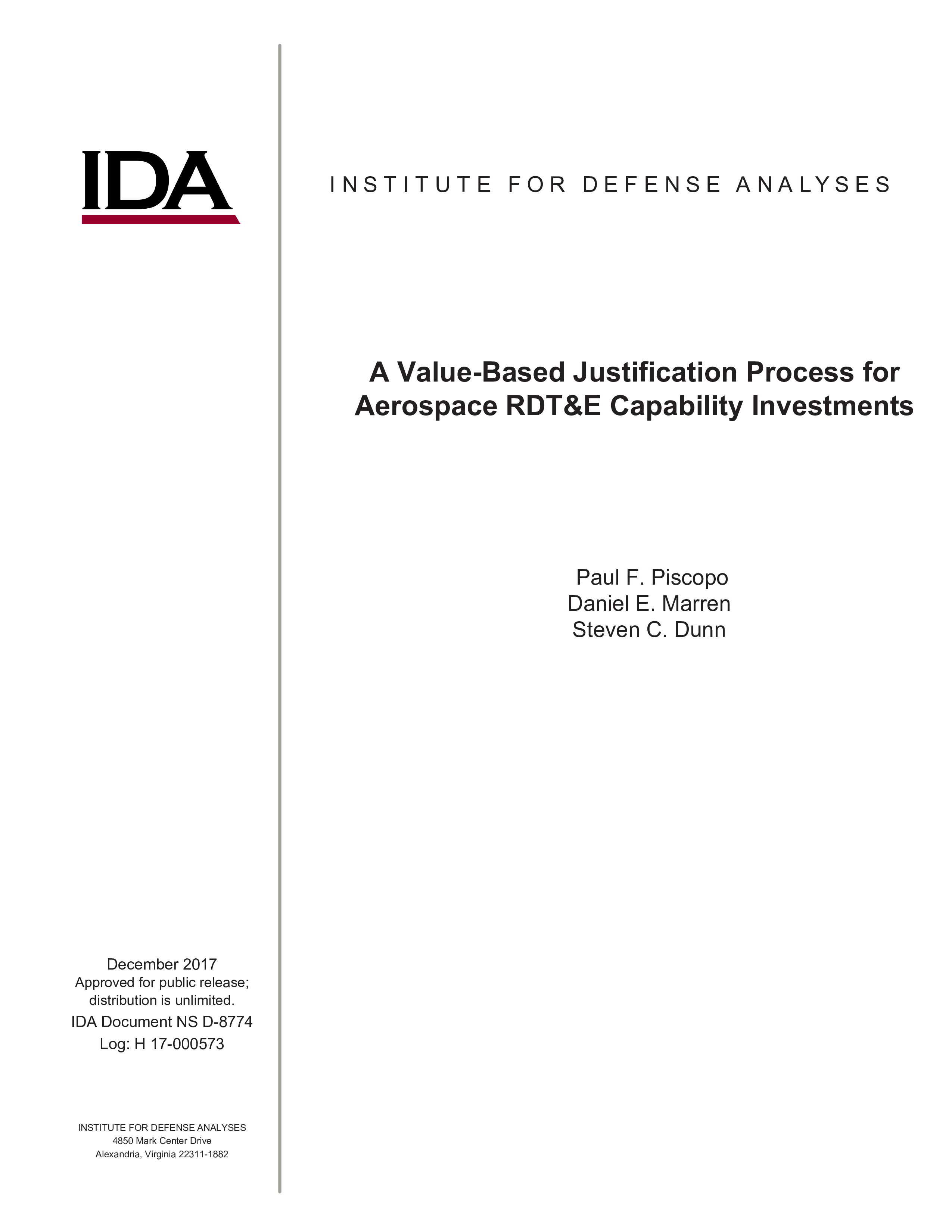Section 1071 of the National Defense Authorization Act for Fiscal Year 2013 required the Director of the White House Office of Science and Technology Policy (OSTP), working with the Secretary of Defense and the Administrator of the National Aeronautics and Space Administration (NASA), to conduct a study on the ability of the national test and evaluation (T&E) infrastructure to effectively and efficiently mature hypersonic technologies for defense-related systems development in the short and long term. It further required the Secretary of Defense to submit a report to the appropriate congressional committees containing the results of this study, together with a plan for requirements and proposed investments to meet Department of Defense (DoD) needs through 2030. The Institute for Defense Analyses (IDA) supported both the OSTP and DoD efforts, and was subsequently tasked to quantify the projected savings that could accrue to each of three conceptual conventional hypersonic system development programs if the proposed T&E capability enhancements presented in the DoD plan submitted to Congress were available at the beginning of Milestone (MS) A. As part of its analysis, IDA utilized an IDA-developed approach for valuing the closure of critical T&E capability gaps based on the potential programmatic cost and schedule savings that could reasonably be expected to accrue from the start of MS A through the end of MS C by funding the 5-year, $350M T&E infrastructure investment proposed in the DoD plan. This expansion of the cost-benefit “control volume” to include projected system development savings proved successful in justifying and securing full funding for the proposed DoD plan. This paper summarizes the IDA approach and its application to making the business case for closing capability gaps in other aerospace research, development, test and evaluation (RDT&E) areas.

